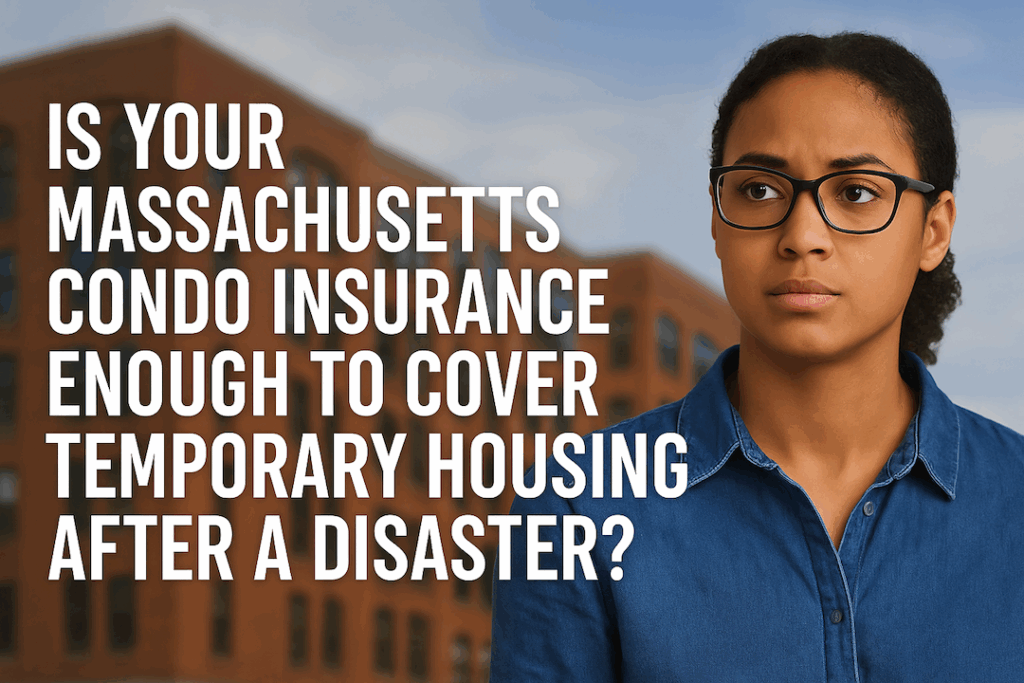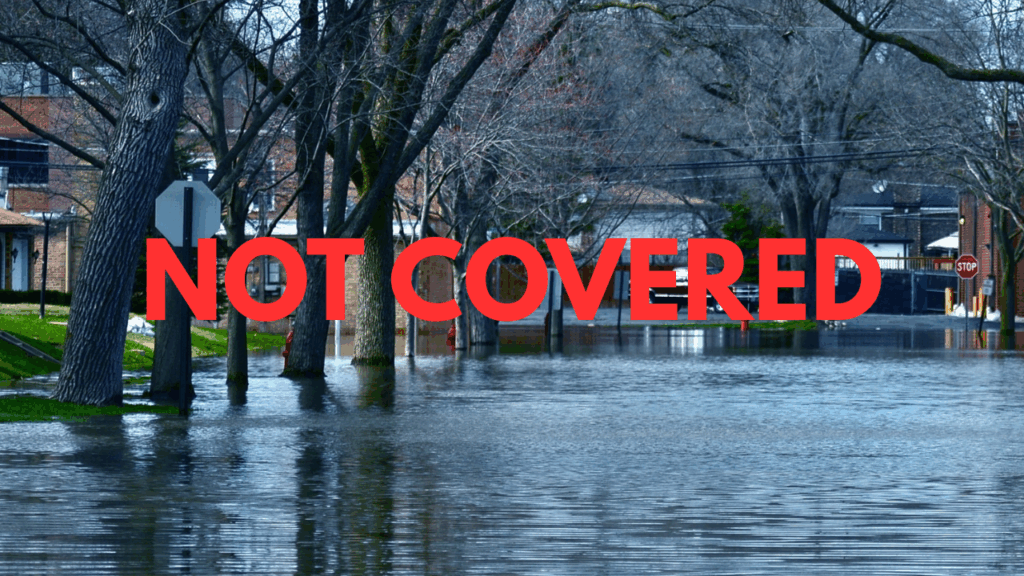Personal Liability Insurance: What Happens When Someone Gets Hurt on Your Property

What happens if your condo becomes uninhabitable after a fire or water loss?
Would your current insurance policy cover the cost of a temporary place to live?
In this article, we’ll explain exactly how “Loss of Use” coverage works in a Massachusetts HO6 personal condo insurance policy—and why many condo owners find themselves underinsured when it matters most.
You’ll learn how to calculate your coverage, what expenses are included, and how to protect yourself from major financial gaps if your condo suffers serious damage.
🏠 Understanding Loss of Use in Your HO6 Condo Insurance Policy
A personal condominium insurance policy—also known as an HO6 policy —is a package policy that includes different types of coverage. One of the most overlooked (yet critical) sections is “Loss of Use” coverage.
This part of your policy helps pay for additional living expenses (ALE) if your condo becomes temporarily uninhabitable due to a covered event like fire or water damage.
🔍 How Is Loss of Use Coverage Calculated?
In Massachusetts, your Loss of Use limit is typically a percentage of your personal property limit .
Let’s break that down with a real-world example:
If your HO6 condo insurance policy includes $25,000 in personal property coverage , and your Loss of Use limit is 30% , your maximum benefit for temporary living expenses would be:
$25,000 × 30% = $7,500
That $7,500 would need to cover your monthly rent, utilities, and other additional living expenses while your damaged condo is being repaired.
🏚️ But Is That Enough to Cover Your Temporary Living Expenses?
Consider this: If your condo needs several months of repairs after a major loss, would $7,500 stretch far enough to pay for:
- Rent on a comparable temporary apartment
- Heat and electricity
- Additional commuting or storage costs
- Pet boarding or rental deposits
Meanwhile, you’re still responsible for paying your usual monthly mortgage, condo fees, and real estate taxes—none of which stop just because you’re displaced.
🛑 Your Condo Association’s Master Policy Doesn’t Cover This
Many condo owners mistakenly believe their Condo Association’s Master Insurance Policy will help in these situations.
But that policy typically only covers common areas and the structure itself—not your personal belongings or your cost of living while your unit is being repaired .
✅ What You Can Do Right Now: Review and Adjust Your Coverage
- Pull out your HO6 condo insurance policy.
- Review the Loss of Use section and see what your current limit is.
- Ask yourself: “If I had to move out for 3–6 months, would this be enough?”
- Talk to your insurance advisor about increasing your limits or adjusting your personal property coverage to boost your Loss of Use protection.
📣 Final Thoughts
Loss of Use coverage can easily be overlooked—until it’s urgently needed. By reviewing your current condo policy now, you can avoid costly surprises later and ensure your family is protected in the event of a major loss.
Need help reviewing your HO6 coverage or adjusting your policy?
Give us a call at 617-298-0655
.
The Vargas & Vargas Insurance team is here to walk you through it, answer your questions, and make sure you have the right protection in place.



